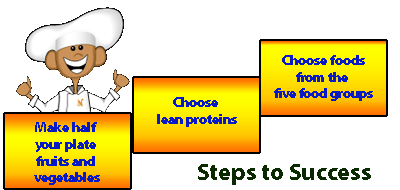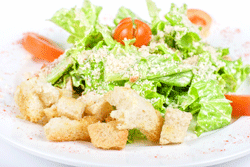Understanding The Key Messages Of The Five Food Groups

The five food groups are the foundation for understanding how to make a balanced meal for your child and family.
But not all foods within each food group are the same. To help you make healthier choices, the USDA has provided these key messages about selecting foods within each of the food groups.
Here is what the USDA My Plate recommends for each of the food groups:
-
the fruit group Focus on fruits. Fruits are important part of a daily health meal plan. It is better to eat fresh whole fruit than drink fruit juice.

-
the vegetable group Vary your veggies. Vegetables come in different colors and that is because they have different vitamins and minerals. Teach kids to color their plate with different colors. For example, instead of eating only one type of vegetable like lettuce, try adding some carrots and spinach. Dark leafy green and orange vegetables are particularly important for children.
-
the grains food group Make at least half your grains whole. This means that when you are buying foods at the grocery store or eating out with the family, choose grains that have the words "100% whole" in the name of the food. For example, if you were buying bread, it would be healthier to buy 100% whole wheat bread instead of plain white bread.
-
the dairy food group Get your calcium-rich foods. Milk products are high in both calcium and vitamin D. Children need both these nutrients for building strong bones.
-
the protein food group Go lean with protein. Protein comes from meat but also certain plant products. Protein is essential for the body to build muscle but meat can be very high in fat. Choose lean proteins that are low in fat.
Healthy Eating

Healthy Child

Written by Maggie LaBarbera
•
Written on Sep 12, 2012
•
Last updated on Oct 15, 2013



0 Comments